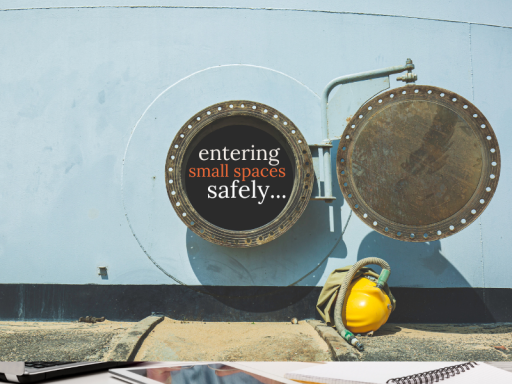Defining Confined Spaces
Firstly, let's establish what we mean by confined spaces. These are areas not designed for continuous occupancy and have limited entry and exit points. Common examples include storage tanks, pipelines, and manholes. While these spaces may seem innocuous, they pose unique risks that necessitate specific safety measures.
Risk Assessment
Before you enter into a confined space, a thorough risk assessment is non-negotiable. Identify and evaluate potential hazards, such as atmospheric conditions, the presence of toxic substances, or mechanical hazards. This assessment provides the foundation for crafting a comprehensive entry plan tailored to the specific risks of each confined space.
The Entry Plan
Crafting a detailed entry plan is the next crucial step. This plan should outline the procedures for entry, specify the roles and responsibilities of each team member, and detail the safety measures in place. Documenting this plan not only ensures clarity but also serves as a valuable reference for future entries and training programs.
Atmospheric Monitoring
In confined spaces, the air quality can change rapidly. Implementing atmospheric monitoring is a key safety protocol. Continuous monitoring for oxygen levels, flammable gases, and toxic substances is imperative. This real-time data allows your team to respond promptly to any deviations from safe conditions.
Proper Ventilation
Ensuring proper ventilation is synonymous with ensuring a safe working environment. Adequate ventilation helps maintain acceptable atmospheric conditions within the confined space. This can be achieved through natural ventilation, forced-air systems, or exhaust systems, depending on the specifics of the space.
Personal Protective Equipment (PPE)
Equipping your team with the right PPE is paramount. Depending on the hazards identified, this might include respiratory protection, harnesses, lifelines, or other specialised equipment. Regular training on the correct use and maintenance of this equipment is essential for its effectiveness.
Emergency Response
Despite meticulous planning, emergencies can happen. Establishing an emergency response plan ensures that everyone knows what to do in case of an unexpected situation. This plan should include procedures for evacuation, communication, and first aid.
Continuous Training and Review
Regular training sessions keep your team well-versed in confined space entry procedures. This includes not only initial training but also periodic refresher courses. Additionally, after each entry, conduct a thorough review to identify any lessons learned and areas for improvement.
Compliance with Regulations
Adhering to relevant regulations is not just a legal obligation but an ethical one. These regulations are in place to safeguard your team, and compliance ensures that your business operates within the framework of best safety practices.
Prioritising safety when entering confined spaces is an investment in your team's well-being and the overall success of your business. By understanding and implementing these procedures and safety protocols, you create an environment where everyone can work confidently and securely. Your commitment to safety not only safeguards your team but also contributes to a workplace culture built on trust, responsibility, and resilience.
If you want to make sure you are covering all of the important bases in your safety planning, get in touch with us – we’re happy to help.
abarrett@whatnosafety.co.uk | 01722 326 390

